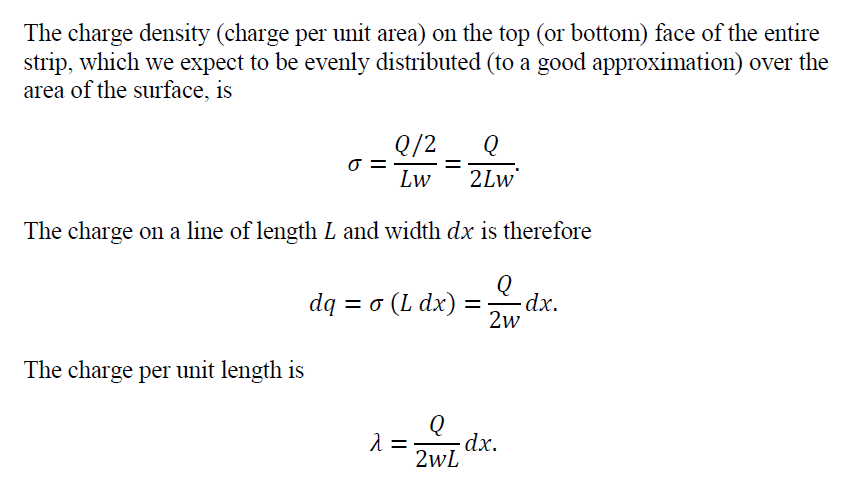

Most of the different semantic interpretations discussed below can be seen through either an intrinsic or extrinsic perspective. The essential difference between intrinsic and extrinsic approaches is just whether the typing rules are viewed as defining the language, or as a formalism for verifying properties of a more primitive underlying language. normalize the expression, and count the number of beta reductions. It is intended as a pedagogical tool, and as an experiment in the programming of visual user interfaces using Standard ML and HTML. There are A partial formalization 22 of this work in Agda 2,31 and an accompanying technical report 23. This system implements and visualizes various reduction strategies for the pure untyped lambda calculus.

It is possible to define an extrinsic semantics on annotated terms simply by ignoring the types ( i.e., through type erasure), as it is possible to give an intrinsic semantics on unannotated terms when the types can be deduced from context ( i.e., through type inference). This work opens the door to a substitution calculus and normalization of a dependently typed modal type theory. Simply typed lambda calculus: The types have no structure. The way from untyped lambda calculus to the calculus of constructions can be seen as having four steps: 1. The distinction between intrinsic and extrinsic semantics is sometimes associated with the presence or absence of annotations on lambda abstractions, but strictly speaking this usage is imprecise. In this paper we treat the Calculus of Constructions as a typed lambda calculus which is a good model of computation and logic at the same time. The simply typed lambda calculus ( λ → ). In the lambda calculus, lambda is defined as the abstraction operator.


 0 kommentar(er)
0 kommentar(er)
